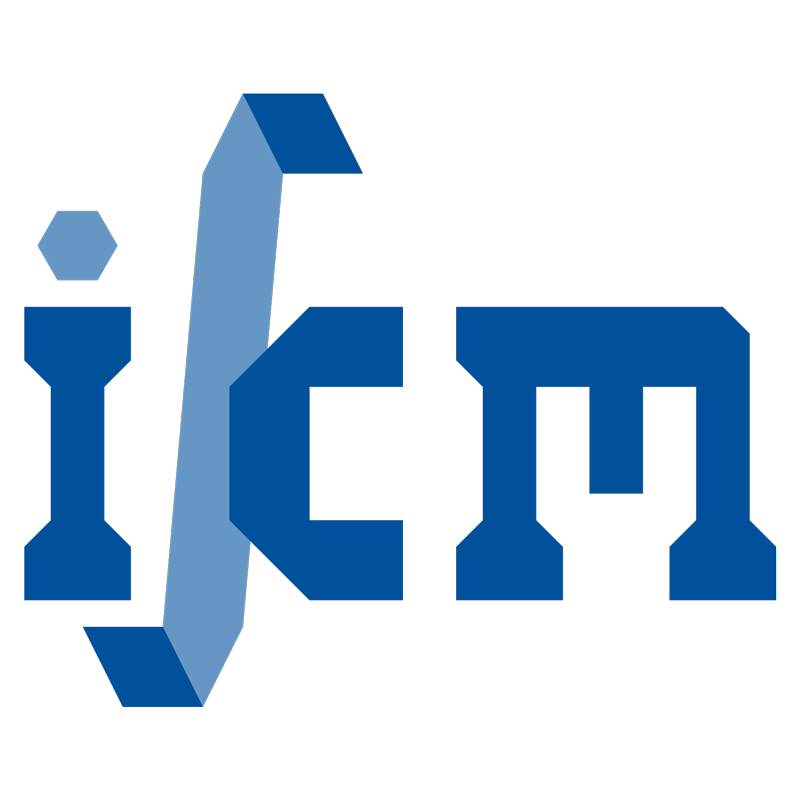Numerical derivation of contact mechanics interface laws using a finite approach for large 3D deformation
- verfasst von
- Alex Alves Bandeira, Peter Wriggers, Paulo de Mattos Pimenta
- Abstract
In this work a homogenization method is presented to obtain by numerical simulation interface laws for normal contact pressure based on statistical surface models. For this purpose and assuming elastic behaviour of the asperities, the interface law of Kragelsky et al. (Friction and Wear-Calculation Methods, Pergamon, 1982) is chosen for comparison. The non-penetration condition and interface models for contact that take into account the surface micro-structure are investigated in detail. A theoretical basis for the three-dimensional contact problem with finite deformations is shortly presented. The augmented Lagrangian method is then used to solve the contact problem with friction. The algorithms for frictional contact are derived based on a slip rule using backward Euler integration like in plasticity. Special attention was dedicated to the consistent derivation of the contact equations between finite element surfaces. A matrix formulation for a node-to-surface contact element is derived consisting of a master surface segment with four nodes and a contacting slave node. It was also necessary to consider the special cases of node-to-edge contact and node-to-node contact in order to achieve the desired asymptotic quadratic convergence in the Newton method. A numerical example is selected to show the ability of the contact formulation and the algorithm to represent interface law for rough surfaces.
- Organisationseinheit(en)
-
Institut für Baumechanik und Numerische Mechanik
- Externe Organisation(en)
-
Universidade de Sao Paulo
- Typ
- Artikel
- Journal
- International Journal for Numerical Methods in Engineering
- Band
- 59
- Seiten
- 173-195
- Anzahl der Seiten
- 23
- ISSN
- 0029-5981
- Publikationsdatum
- 14.01.2004
- Publikationsstatus
- Veröffentlicht
- Peer-reviewed
- Ja
- ASJC Scopus Sachgebiete
- Numerische Mathematik, Allgemeiner Maschinenbau, Angewandte Mathematik
- Elektronische Version(en)
-
https://doi.org/10.1002/nme.867 (Zugang:
Unbekannt)


